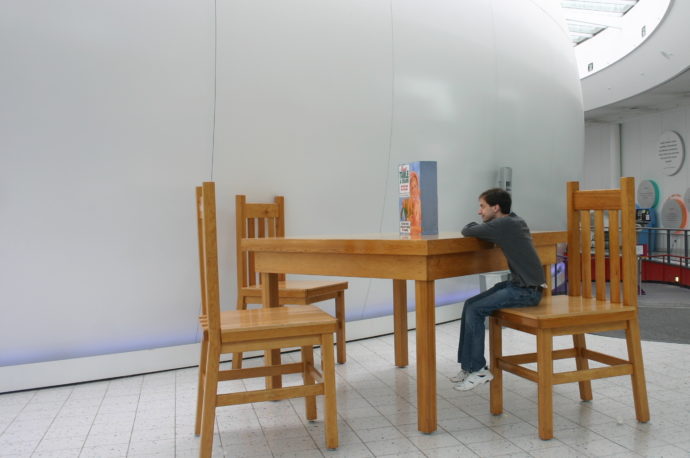I often get questions from clients about what things cost. How much would I charge to develop a digital strategy? What’s the cost to develop an online advocacy campaign? How much should we spend on online ads?
There’s no one-size-fits-all answer for these, and I ask a lot of questions to get at what the organization in question really needs. I’ll ask about their goals, their program, and what resources they can bring to the project. Then, I’ll always ask about their budget. That may seem like circular logic – after all, they’re asking me how much the project costs, so why am I asking them? But it’s a key piece of information for any consultant, and I want to explain why.
The real question in my mind, when scoping out a potential project, is not “what will it take to do what this organization wants?” but “what’s the best I can offer to help them meet their goals?”
Some projects are pretty specific: writing a fundraising email, for instance, takes roughly the same amount of time and effort no matter who the client is. Others, like a website or an online campaign, are bigger and squishier, and could look very, very different depending on what the client wants and can afford.
For one simple example, an “online advocacy campaign” could be:
- A few emails and a petition page.
- A campaign and messaging strategy, from which I’ll develop a longer series of emails with escalating asks, segmented based on who has taken action, perhaps culminating in a call-in day.
- A robust, months-long sequence of communications, including segmentation and automation along a series of related actions, supplemented by an advertising push to raise awareness and recruit new activists, culminating in an offline day of action that requires its own separate mini-campaign for promotion.
All of these are perfectly legitimate ways to run a campaign. But I wouldn’t suggest the first option to a nonprofit (of any size) with a big budget and ambitious goals to grow their program, and I wouldn’t suggest the third option to a nonprofit (of any size) that just needs a hand collecting petition signatures for a city council. I also wouldn’t suggest an option that’s way out of line with their budget. If they’re asking for option 3 but their budget looks more like option 1, we can talk about that right up front, along with ways to deal with it, instead of having an unwelcome surprise on both sides further down the road. Knowing the organization’s budget helps me propose a solution that’s right for their needs.
If I write a proposal without knowing the client’s budget, however, I’m making a lot of guesses. We both (the client and I) run the risk that I’ll pitch something much too high, or much too low. The client might reject the proposal because the budget wasn’t what they expected, when in fact I could have tailored it to meet their expectations.
Some folks worry that, by naming a budget, they might be committing to spend more than they necessarily need to. That’s why it’s important that budget be part of a holistic conversation that includes goals and other needs. I’ll often create proposals with two potential scopes of work, so my clients can see the difference in what they can get at different price points. Budget permitting, more is often better – but not always. Knowing the full set of my client’s requirements, including their budget limitations, lets me craft a plan to deliver what they want – as well as what they need – at a price that’s right for them.

